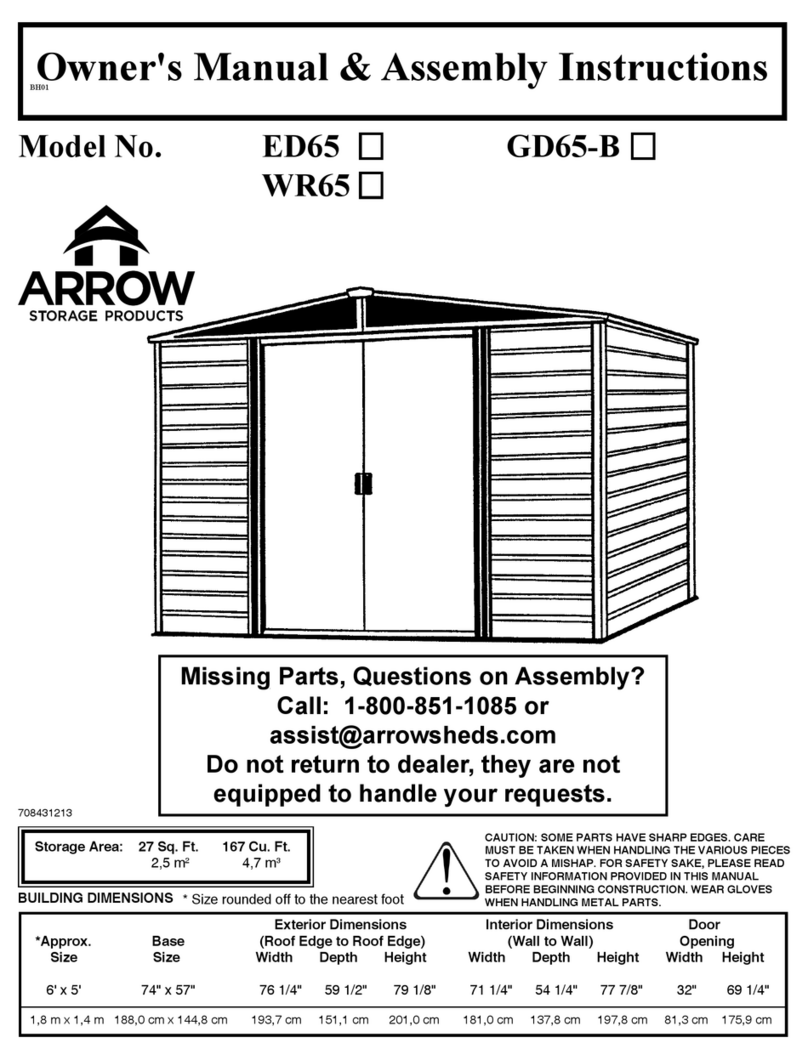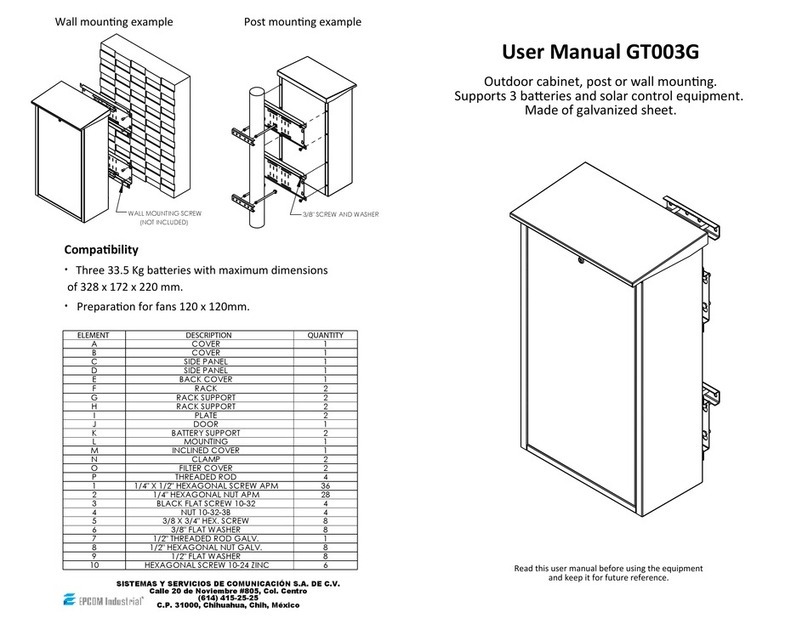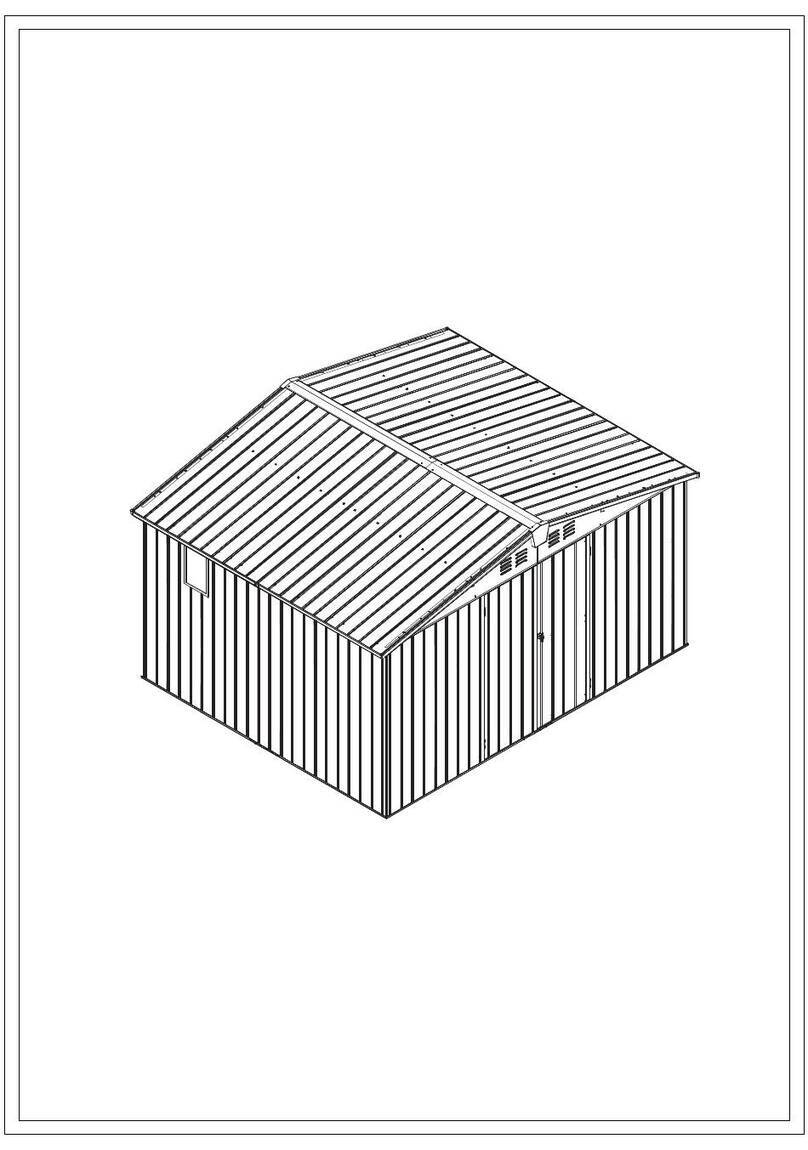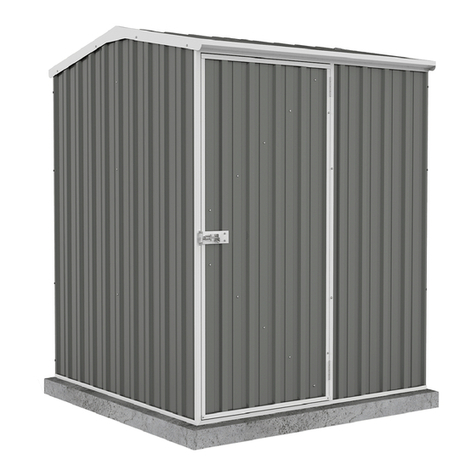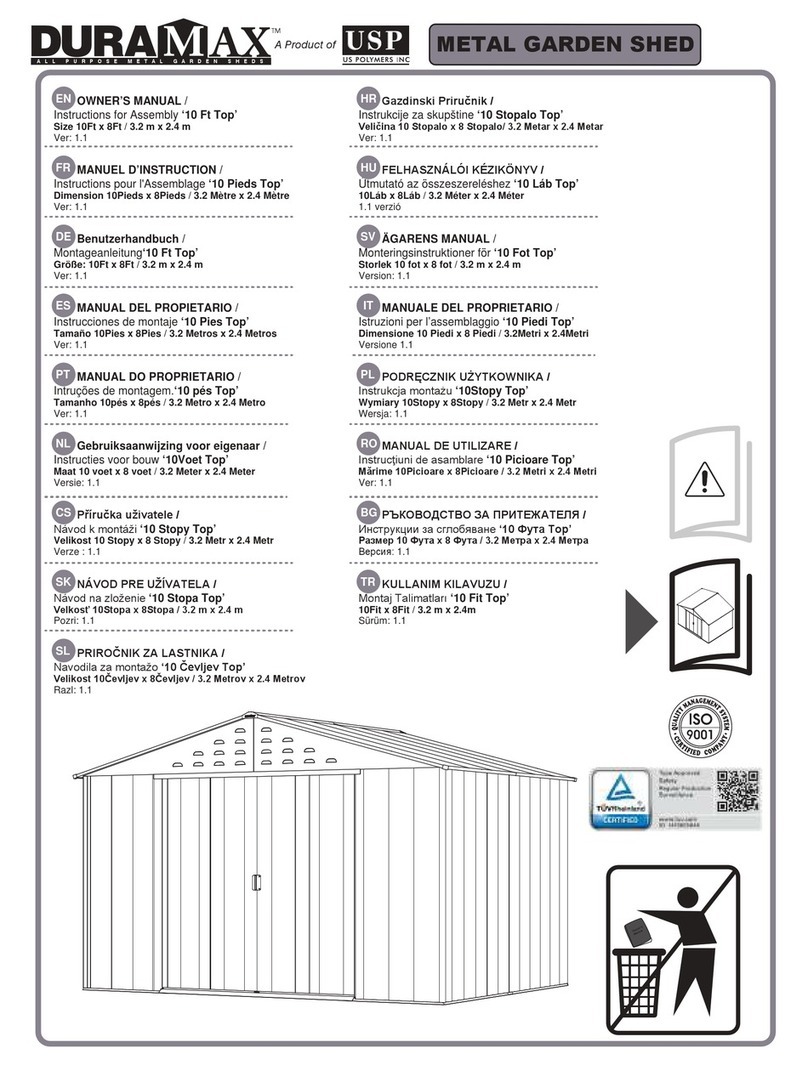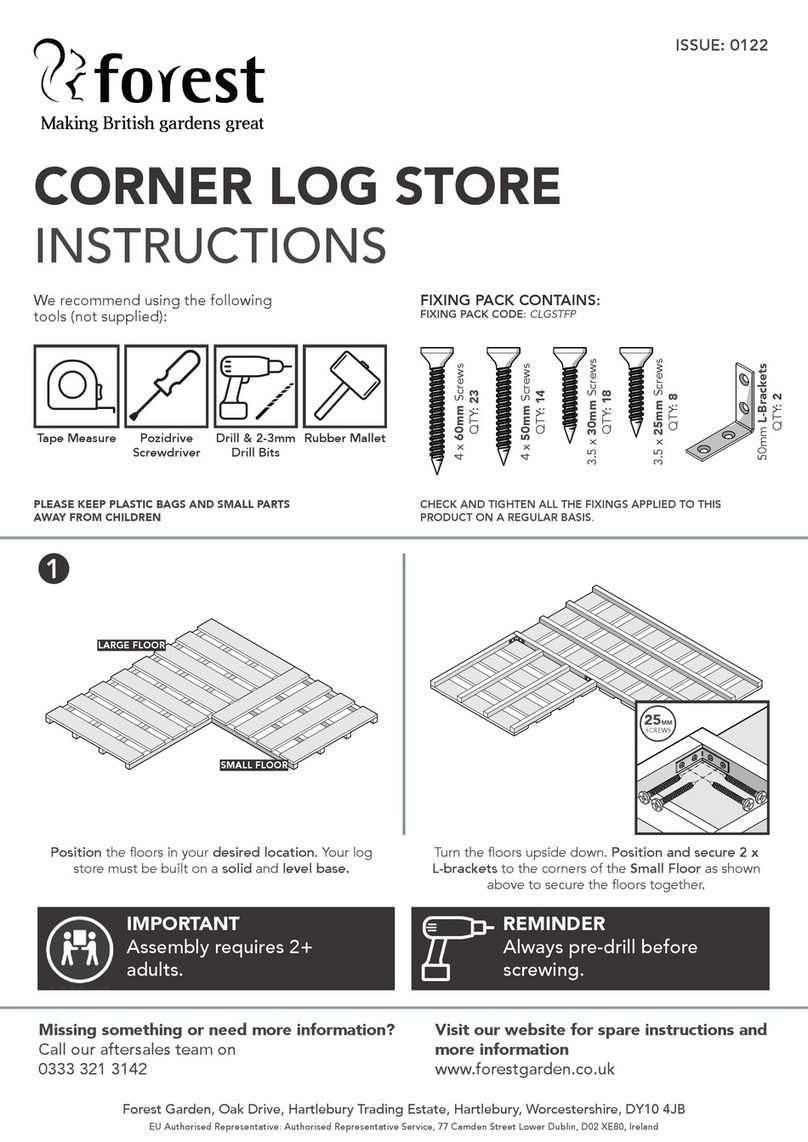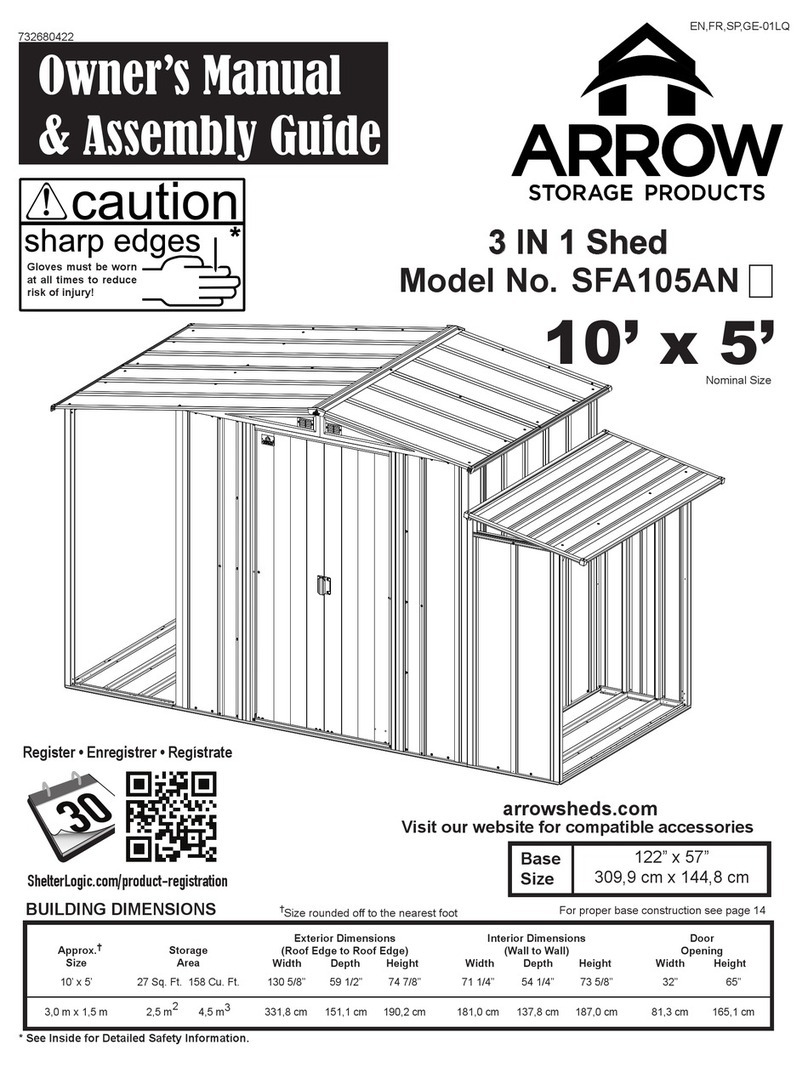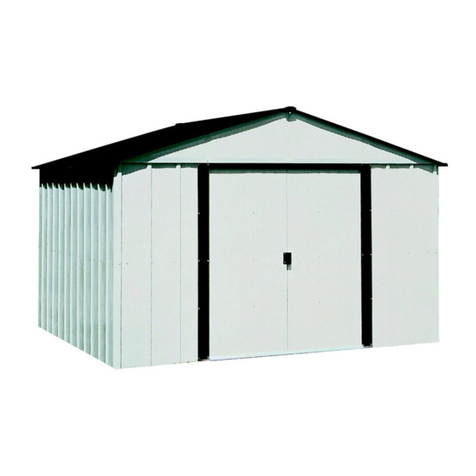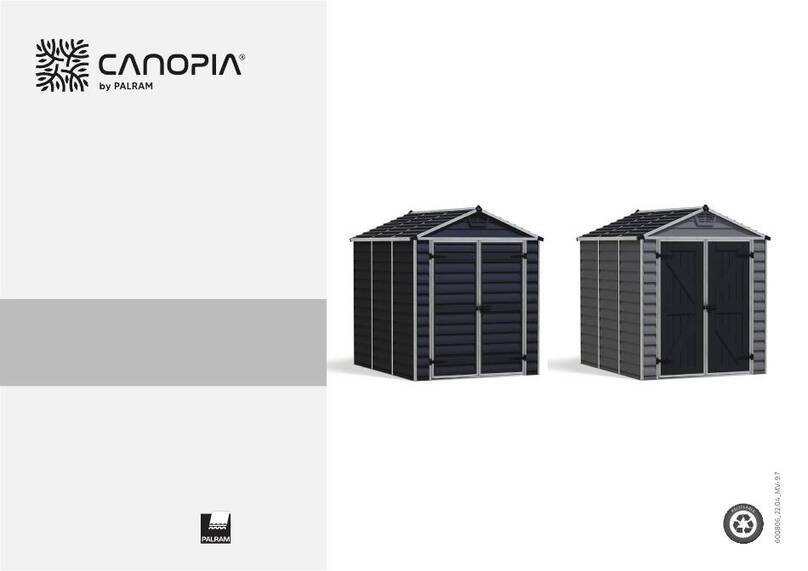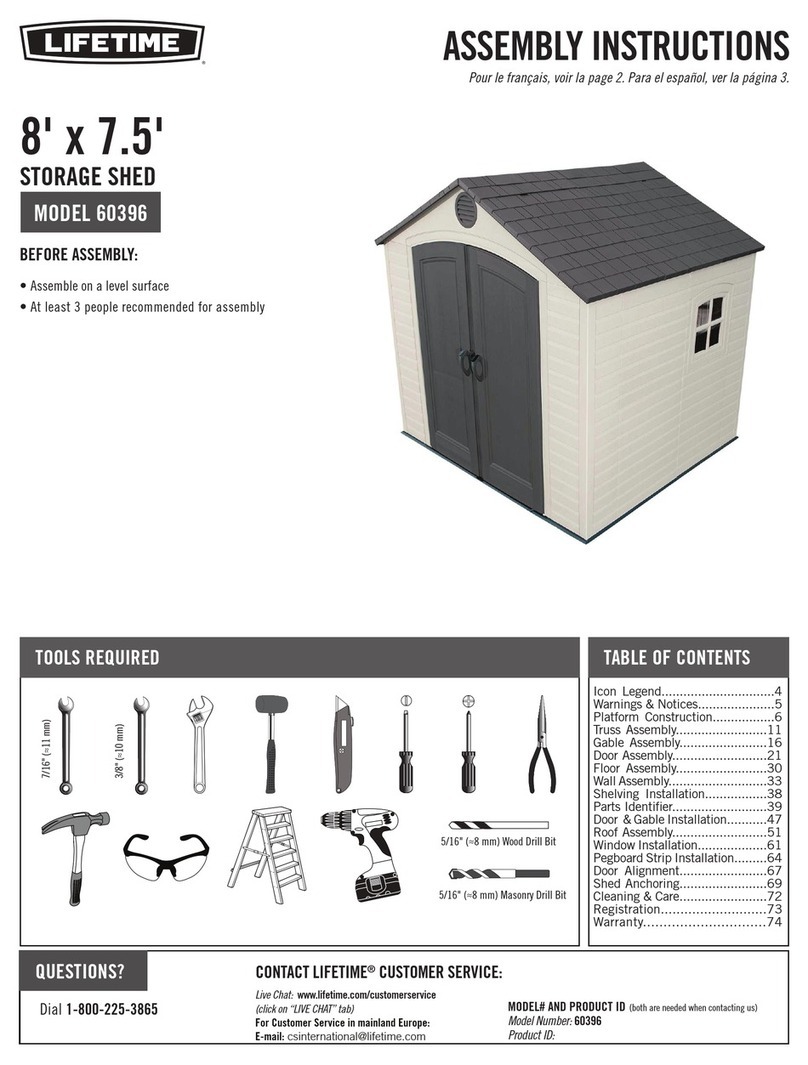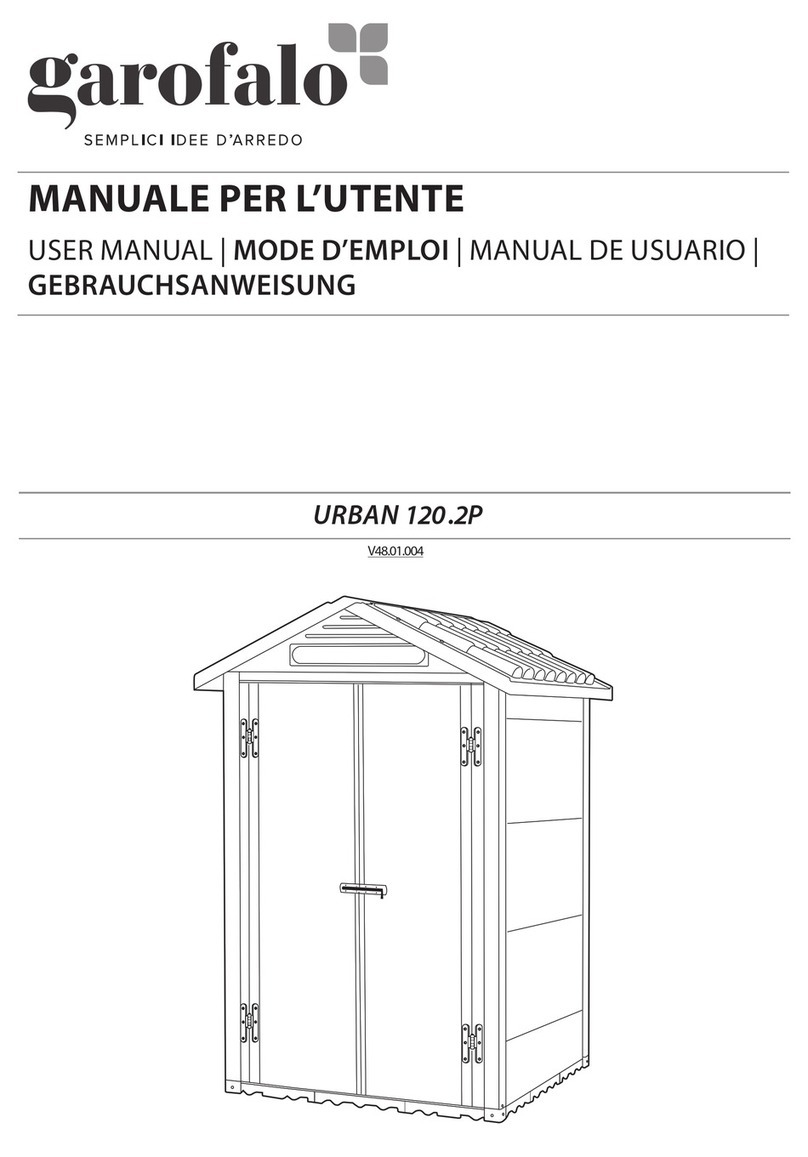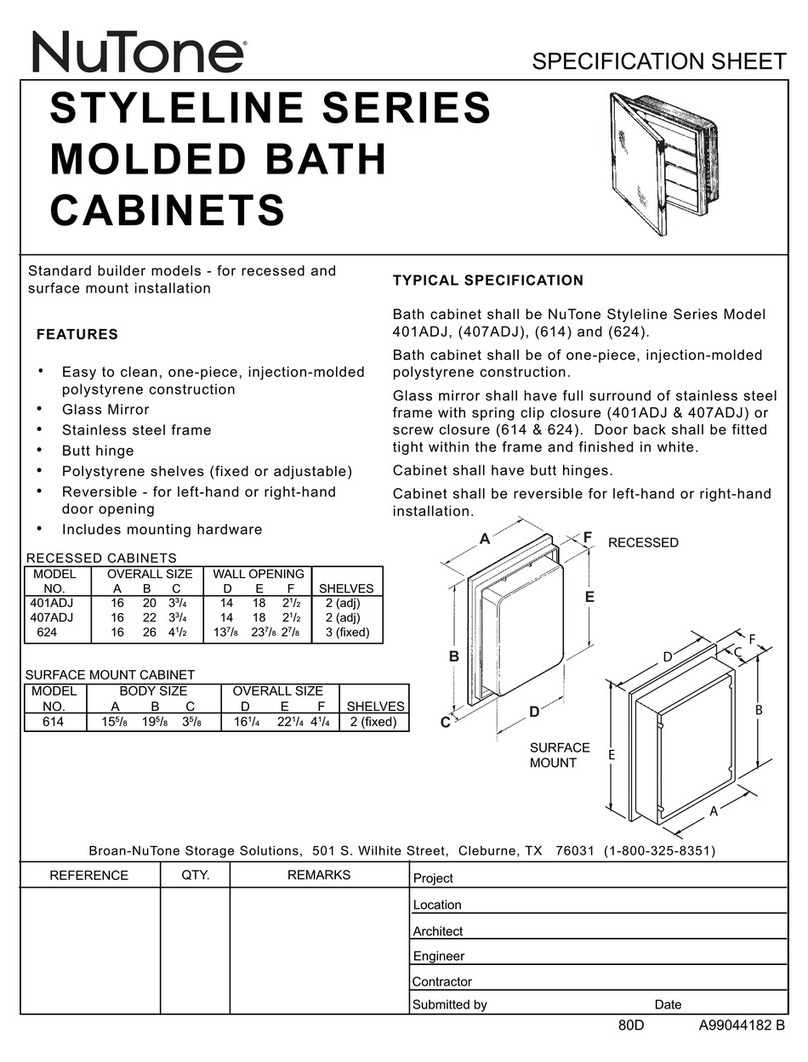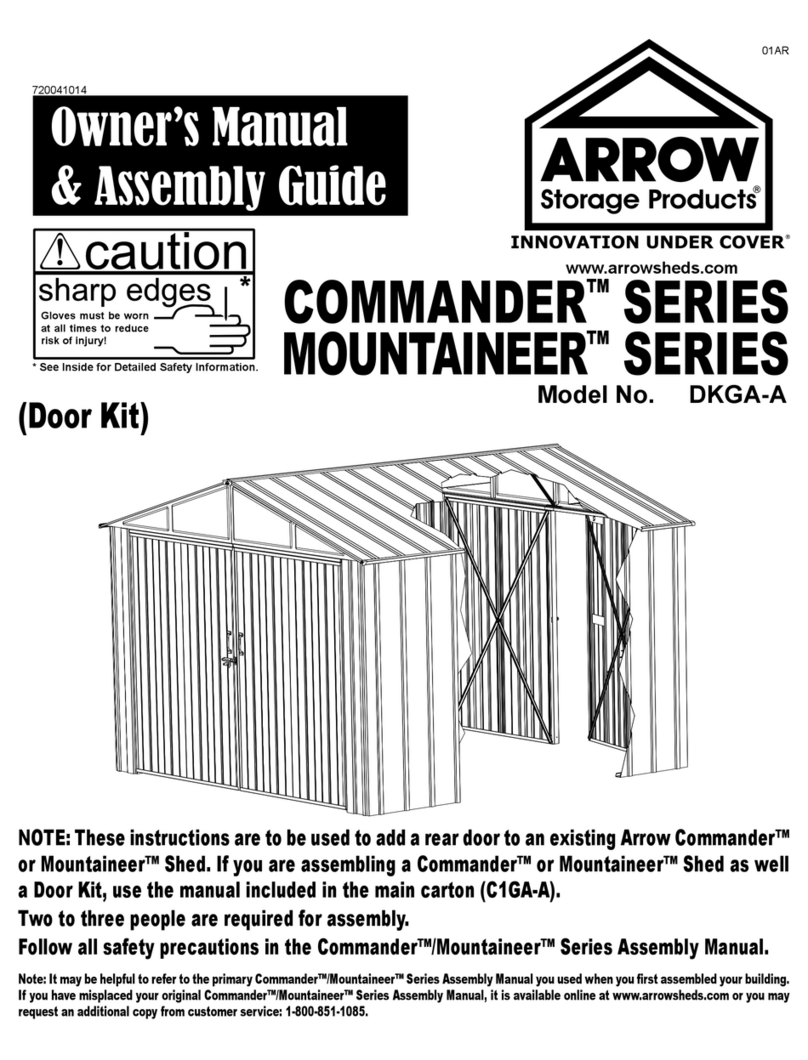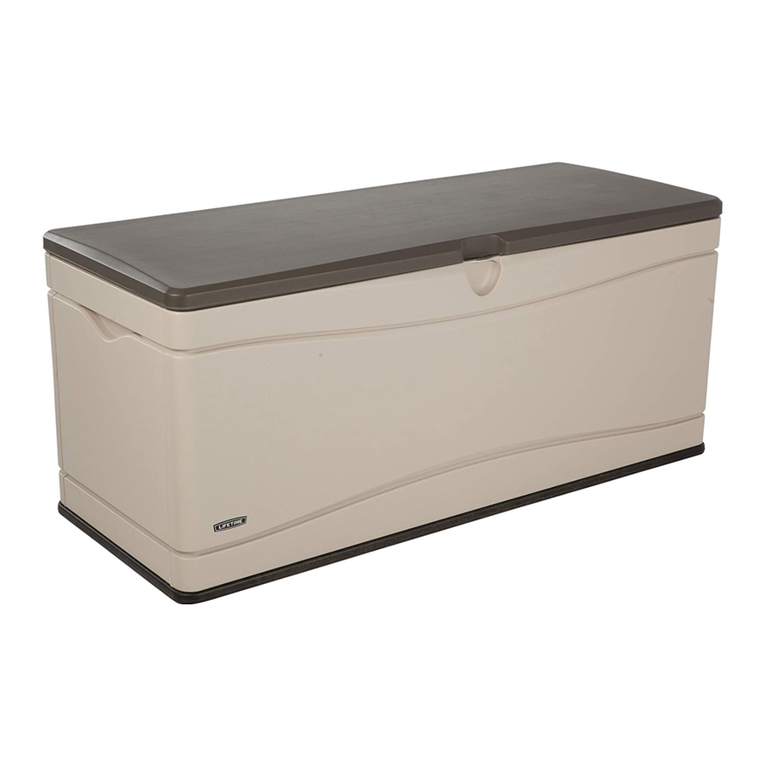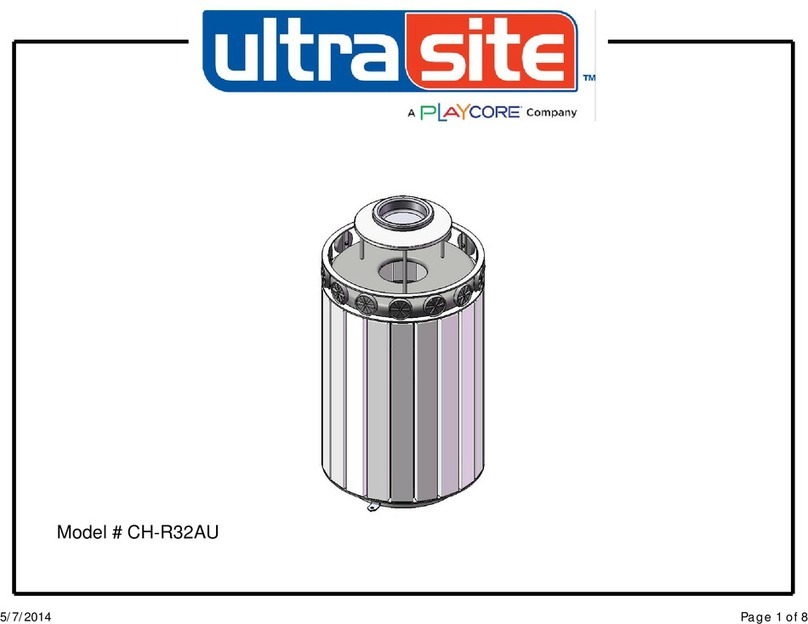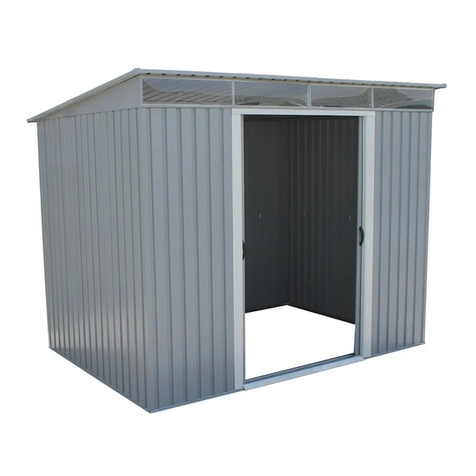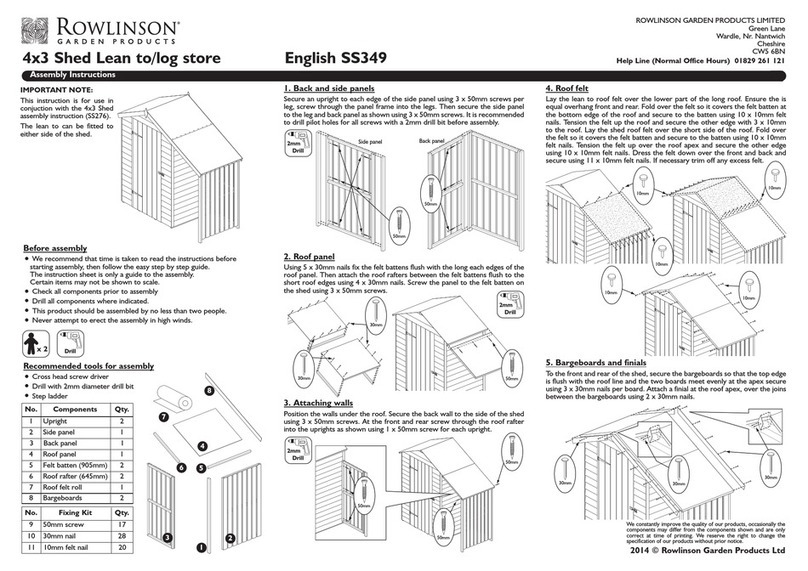TABLE OF CONTENTS
1.
INTRODUCTION ..................................................................................................................................4
2.
CHECKLIST ..........................................................................................................................................5
3.
COMPONENTS ....................................................................................................................................6
4.
SPECIFICATIONS................................................................................................................................7
5.
WARNINGS...........................................................................................................................................7
6.
Recommended maximum moisture content for safe storage (wet Basis)....................................7
7.
INSTALLATION.....................................................................................................................................8
Site selection ....................................................................................................................................8
Termite Control.................................................................................................................................8
Rodent Control.................................................................................................................................9
Loading............................................................................................................................................10
Positioning the top section............................................................................................................11
Use of Desiccant (Calcium Chloride, CaCl2) - (Recommended)............................................11
Zipping.............................................................................................................................................12
Pressure Decay testing (PDT).....................................................................................................14
Tensioning of straps ......................................................................................................................14
Monitoring the oxygen level and Relative Humidity (RH%).....................................................15
Dismantling.....................................................................................................................................16
8.
PREVENTING CONDENSATION....................................................................................................17
Why does condensation occur?...................................................................................................17
Moisture content (MC) requirement for safe storage................................................................17
Setting-up the GrainShade™.......................................................................................................17
9.
MAINTENANCE AND CARE............................................................................................................18
Regular examination......................................................................................................................18
Physical inspection........................................................................................................................18
Repairing punctures and other damages...................................................................................19
Cleaning top and bottom sections...............................................................................................19
Folding.............................................................................................................................................19
Safekeeping....................................................................................................................................20
Platform installation of rodent guard (RG)..................................................................................20
Recycling.........................................................................................................................................21
10.
FREQUENTLY ASKED QUESTIONS AND ANSWERS ..............................................................21
11.
WARRANTY CLAUSE.......................................................................................................................23




















